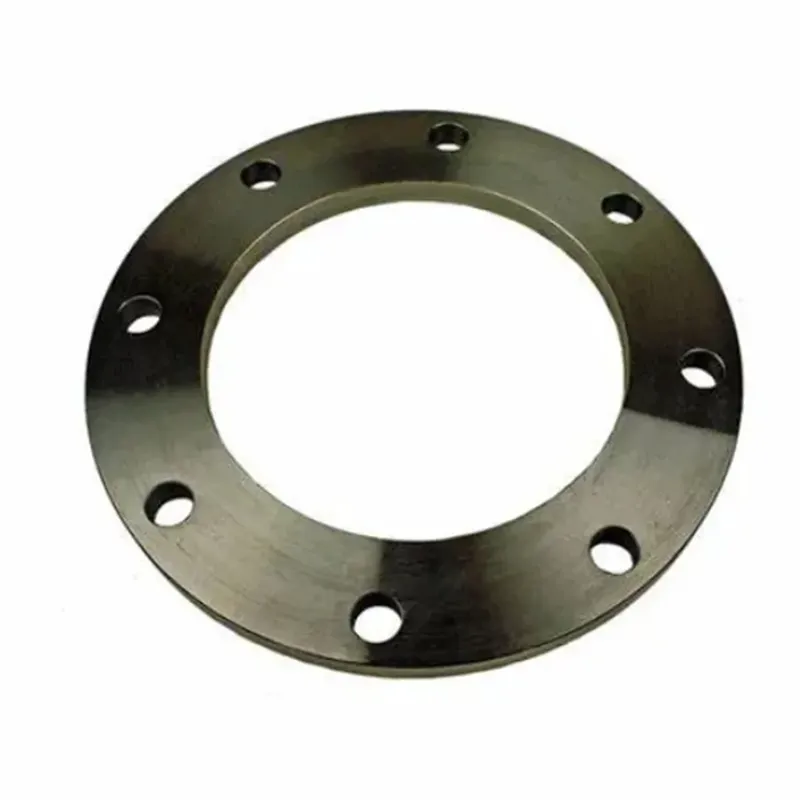-
Cangzhou Yulong Steel Co., Ltd.
-
Phone:
+86 13303177267 -
Email:
admin@ylsteelfittings.com
- English
- Arabic
- Italian
- Spanish
- Portuguese
- German
- kazakh
- Persian
- Greek
- French
- Russian
- Polish
- Thai
- Indonesian
- Vietnamese
- Zulu
- Korean
- Uzbek
- Hindi
- Serbian
- Malay
- Ukrainian
- Gujarati
- Haitian Creole
- hausa
- hawaiian
- Hebrew
- Miao
- Hungarian
- Icelandic
- igbo
- irish
- Japanese
- Javanese
- Kannada
- Khmer
- Rwandese
- Afrikaans
- Albanian
- Amharic
- Armenian
- Azerbaijani
- Basque
- Belarusian
- Bengali
- Bosnian
- Bulgarian
- Catalan
- Cebuano
- China
- China (Taiwan)
- Corsican
- Croatian
- Czech
- Danish
- Esperanto
- Estonian
- Finnish
- Frisian
- Galician
- Georgian
- Kurdish
- Kyrgyz
- Lao
- Latin
- Latvian
- Lithuanian
- Luxembourgish
- Macedonian
- Malgashi
- Malayalam
- Maltese
- Maori
- Marathi
- Mongolian
- Myanmar
- Nepali
- Norwegian
- Norwegian
- Occitan
- Pashto
- Dutch
- Punjabi
- Romanian
- Samoan
- Scottish Gaelic
- Sesotho
- Shona
- Sindhi
- Sinhala
- Slovak
- Slovenian
- Somali
- Sundanese
- Swahili
- Swedish
- Tagalog
- Tajik
- Tamil
- Tatar
- Telugu
- Turkish
- Turkmen
- Urdu
- Uighur
- Welsh
- Bantu
- Yiddish
- Yoruba

Nov . 30, 2024 03:56 Back to list
en 1092 1
Exploring the Significance of EN 1092-1 A Comprehensive Guide
In the world of engineering and construction, standards play a crucial role in ensuring safety, compatibility, and efficiency. One such standard is EN 1092-1, which is part of the European Norm (EN) standards that regulate the design and manufacturing of flanges. As a cornerstone in the piping industry, EN 1092-1 sets forth specifications that manufacturers and engineers must adhere to when designing and using flanges in various applications.
Understanding EN 1092-1
EN 1092-1 is specifically concerned with flanges made of steel and other metallic materials, detailing their dimensions, tolerances, and mechanical properties. This standard aims to facilitate international trade and cooperation by ensuring that flanges are uniform in dimensions across manufacturers and countries. By standardizing these components, EN 1092-1 helps minimize discrepancies in quality and performance, thereby promoting safer practices in piping systems.
Importance of Flanges in Piping Systems
Flanges are critical components in any piping system, acting as connectors that join different sections of pipe, valves, or other equipment. They provide a means of assembling and disassembling pipes for maintenance and repair. The integrity of these connections is crucial, particularly in industries dealing with gases, liquids, or high-pressure systems.
Using the specifications laid out in EN 1092-1, engineers can ensure that the flanges they select will meet the necessary requirements for pressure, temperature, and chemical resistance. This is especially important in sectors such as oil and gas, petrochemicals, and power generation, where the consequences of flange failure can be catastrophic.
Specifications Clarified
EN 1092-1 covers various types of flanges, including raised face, flat face, and ring-type flanges, each designed for specific applications and pressure classes. The standard delineates the requirements for material selection, manufacturing processes, surface finishes, and testing methods, ensuring that the flanges meet the performance expectations set forth in their respective applications.
In particular, the standard identifies different pressure ratings, ranging from PN 2.5 to PN 250, allowing engineers to match flanges with the appropriate pipe dimensions and class based on the operational requirements of the piping system. This level of detail aids in both the design process and the selection of components, promoting efficient and effective engineering practices.
en 1092 1

Benefits of Adhering to EN 1092-1
1. Quality Assurance By following the EN 1092-1 guidelines, manufacturers can produce flanges that meet high standards of quality, leading to improved reliability in piping systems.
2. Interoperability Standardization fosters interoperability among various components from different suppliers, making it easier to procure materials without compatibility issues.
3. Safety Adhering to the standard significantly reduces the risks associated with flange failure, enhancing the overall safety of the piping systems and the environments they operate in.
4. Regulatory Compliance Many jurisdictions require adherence to international standards like EN 1092-1 for legal compliance, ensuring that operators and manufacturers meet essential safety and performance criteria.
Future Implications
As industries evolve and new materials and technologies emerge, the relevance of EN 1092-1 will continue to grow. Innovations in materials science, such as the development of corrosion-resistant alloys and composites, will necessitate regular reviews and updates to the standard. Furthermore, the push for sustainability and environmental responsibility will likely influence future iterations of EN 1092-1, as manufacturers seek to reduce waste and improve energy efficiency during production.
Conclusion
EN 1092-1 plays a pivotal role in ensuring that flanges used in piping systems are safe, reliable, and compatible across various applications. By adhering to this standard, industries can not only enhance operational efficiency but also ensure regulatory compliance and safety. As technology progresses and new challenges arise, standards like EN 1092-1 will remain essential in guiding the future of engineering and manufacturing in the piping sector.
Latest news
-
ANSI 150P SS304 SO FLANGE
NewsFeb.14,2025
-
ASTM A333GR6 STEEL PIPE
NewsJan.20,2025
-
ANSI B16.5 WELDING NECK FLANGE
NewsJan.15,2026
-
ANSI B16.5 SLIP-ON FLANGE
NewsApr.19,2024
-
SABS 1123 FLANGE
NewsJan.15,2025
-
DIN86044 PLATE FLANGE
NewsApr.19,2024
-
DIN2527 BLIND FLANGE
NewsApr.12,2024
-
JIS B2311 Butt-Welding Fittings LR/SR 45°/90° /180°Seamless/Weld
NewsApr.23,2024











